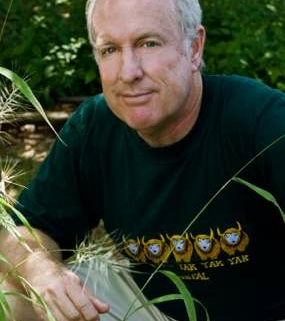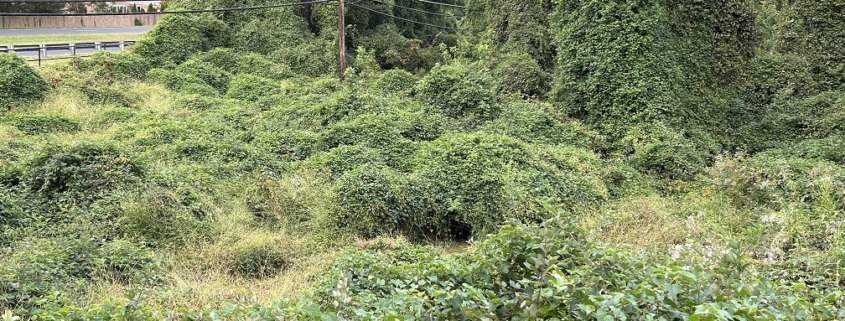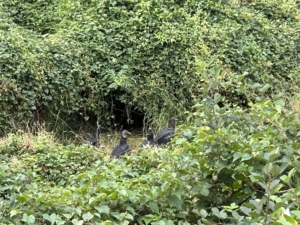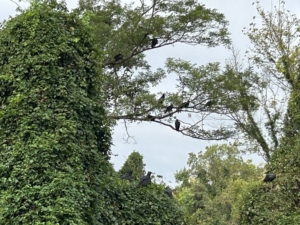FMN Quarterly Chapter Meeting, March 19th
Photo: Doug Tallamy by University of Delaware
Tuesday, March 19, 2024
7 pm
Virtual
Email [email protected] for the Zoom link
Fairfax Master Naturalists’ Quarterly Chapter meeting will consist of a short business meeting followed by a presentation by Doug Tallamy. The title of his presentation is: “The Nature of Oaks.”
Oaks sustain a complex and fascinating web of wildlife. “The Nature of Oaks” reveals what is going on in oak trees month by month, highlighting the seasonal cycles of life, death, and renewal. From woodpeckers who collect and store hundreds of acorns for sustenance to the beauty of jewel caterpillars, Tallamy illuminates and celebrates the wonders that occur right in our own yards and restorations. He also shares practical advice about how to plant and care for an oak, along with information about the best oak species for your area. “The Nature of Oaks” will inspire you to treasure these trees and to act to nurture and protect them.
Dr. Tallamy is the T. A. Baker Professor of Agriculture in the Department of Entomology and Wildlife Ecology at the University of Delaware, where he has authored 112 research publications and has taught insect-related courses for 43 years. Chief among his research goals is to better understand the many ways insects interact with plants and how such interactions determine the diversity of animal communities. His books include Bringing Nature Home, The Living Landscape, co-authored with Rick Darke, Nature’s Best Hope, a New York Times Best Seller, and The Nature of Oaks, winner of the American Horticultural Society’s 2022 book award. In 2021 he cofounded Homegrown National Park with Michelle Alfandari (HomegrownNationalPark.org). His awards include recognition from The Garden Writer’s Association, Audubon, The National Wildlife Federation, Allegheny College, Ecoforesters, The Garden Club of America and The American Horticultural Association.





